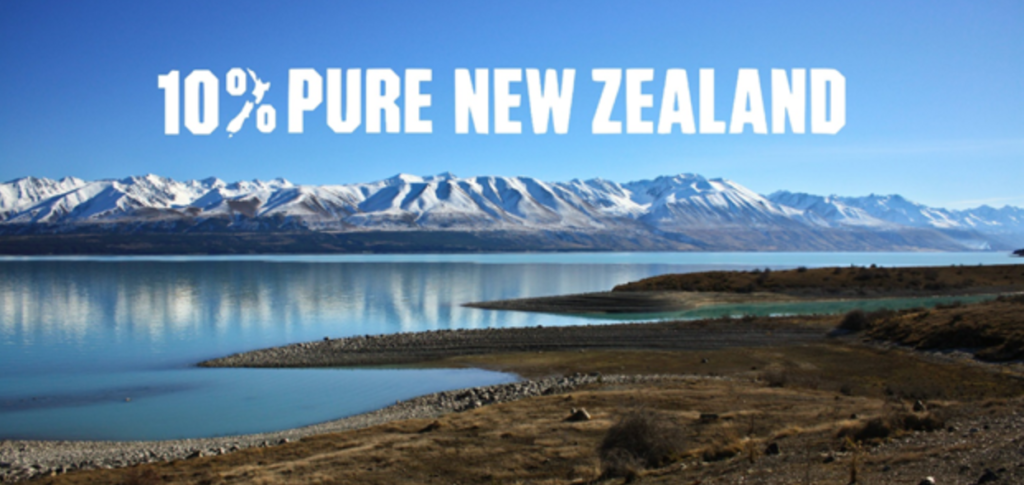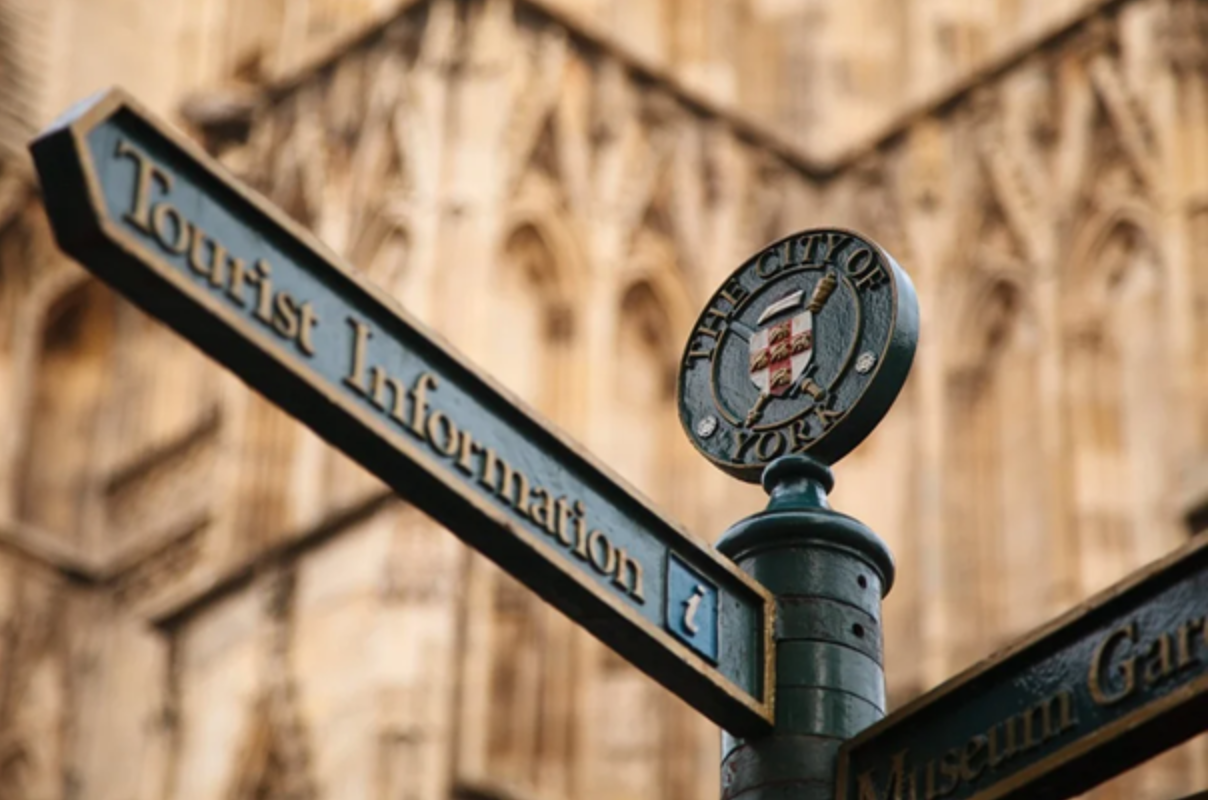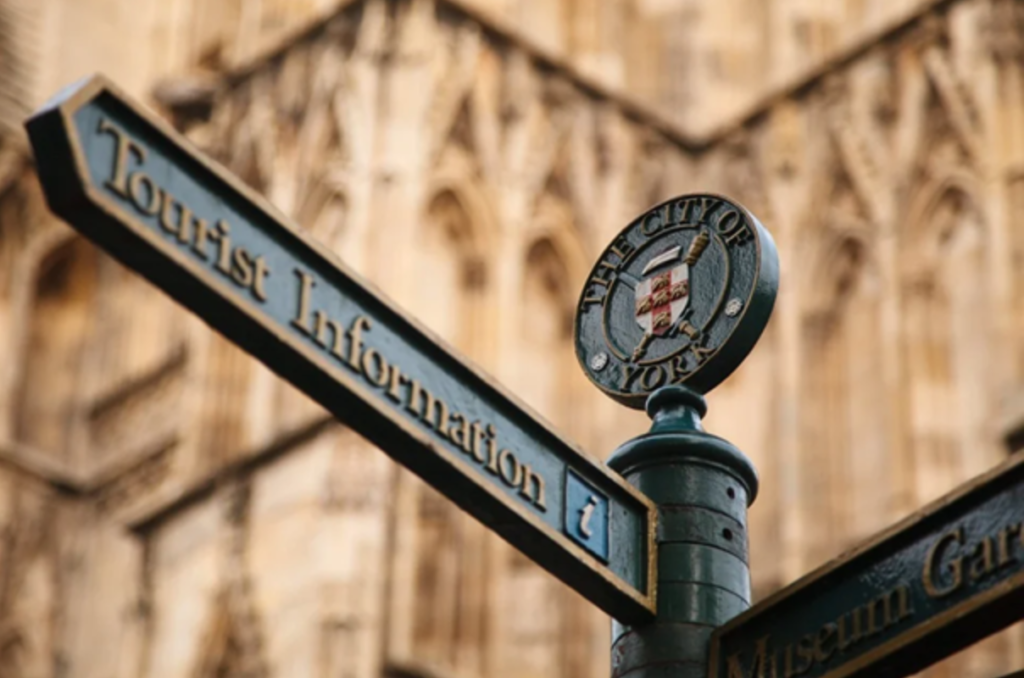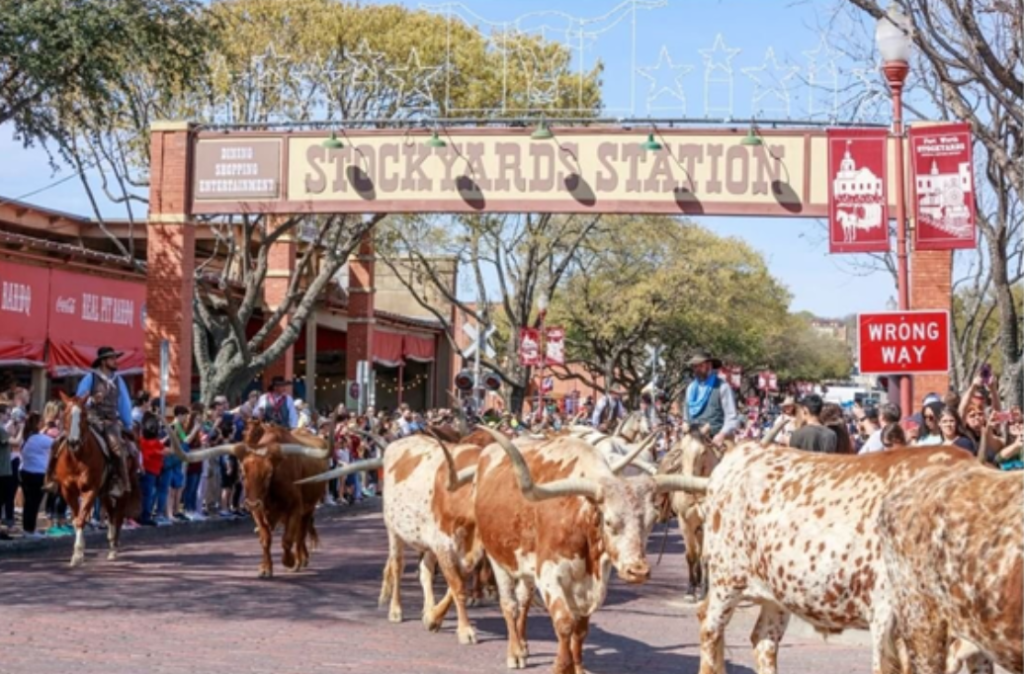DMOs are crucial organizations within the tourism industry. They were primarily established to promote destinations. However, with the rapid growth of tourism, the need for its sustainability and management of the sector eventually emerged. Therefore, whether DMOs should focus only on marketing or broaden their activities and be a management organization is part of the future agenda. At Solimar, we have seen time and time again why the M in DMO must also be about destination management, and not just destination marketing.
Let’s define what a DMO is, what roles they fulfill within a destination, and find out why these roles are mostly related to the management of the destination:
What is a DMO?
DMO stands for Destination Marketing/Management Organization. At times, the role of a DMO is mistakenly perceived to be limited to the marketing efforts, but in reality, DMOs contribute majorly to the development aspects of a destination too. Effectively, the UNWTO defines it as “the leading organizational entity which may encompass the various authorities, stakeholders, and professionals and facilitates partnerships towards a collective destination vision”. Thus, DMOs are not only about marketing, but also about management. But what do DMOs manage exactly?

Why are DMOs important?
Originally DMOs were established to competitively market the destinations by image-making, branding, and advertising what a place has to offer to tourists. However, in order for a destination to be successful, applying good marketing strategies or setting up an outstanding promotional campaign is no longer enough. Strategic management of the destination is also extremely important. Thus, it is clear that for the future of more sustainable tourism, DMOs must take the lead, as they hold the skills and the knowledge to support the destination through the management of tourism activities. Additionally, they have the ability and the tools to monitor the destination’s performance, allowing them to create the most suitable and sustainable approach to destination development.
To effectively manage a destination, DMOs should:
- Manage the variety of different stakeholders involved in tourism. This is also connected to the creation of a common website platform, where stakeholders can engage and contribute to the destination’s development
- Consult visitor-related sectors, namely, accommodation, food and other services related to tourism. To this regard, DMOs also facilitate the introduction of quality standards in service
- Help communities become more visible. Developed and advanced communities raise the sense of pride among their residents
- Support local economies
- Encourage sustainable development of tourism
As shown, apart from marketing and brand image creation, DMOs can truly contribute to developing sustainable destinations.

What is destination management?
DMOs are vital for touristic destinations, especially where national or local governments struggle to manage and control all the activities related to tourism. DMOs are especially crucial in the destinations with emerging economies and the tourism sector. The roles of DMOs involve destination development, management of all the available assets and monitoring of the tourism impacts at the destination. DMOs’ ultimate goal is to maintain the destination successful, competitive, and socially and economically developed, and in order to achieve that, it is necessary to create and implement the destination’s development plan.
Destination Development
DMOs’ main role is destination development. Destination development includes a range of different activities, such as marketing efforts, improvement or diversification of tourism products and quality of the services supplied. For DMOs, it is crucial to create a development plan which will lead all the activities in the short or long-term perspective. With the development plan, DMOs set the target goals and indicators for businesses, communication, marketing and product development. All the actions taken by the local stakeholders and the DMO itself should be in line with the destination development plan.
Much of Solimar’s work is oriented on destination development, as many destinations and, consequently, DMOs need facilitation and support at their early stage.

Management and coordination of destination assets
Every destination comprises a variety of resources provided by different organizations, and these resources need to be coordinated accurately to develop a competitive and sustainable tourism offer. The development and maintenance of a tourism destination is a complex process, and it requires a strategy capable of generating and sustaining synergy among all the various elements involved in the sector.
Local stakeholders, entrepreneurs, government, citizens and visitors have their own roles at the destination, and they are all part of the development process. It is the DMO’s prerogative to bring together representatives from each group to establish integrated and regular interactions and collaborations. These collaborations are essential to create the tourism product, the destination strategy, policy and crisis management plans to foster investments and funding and to evaluate the overall destination’s performance. Moreover, DMOs are also expected to provide services related to the improvement of physical and human resources, supply assistance and advice for hospitality and tourism businesses.
Solimar International’s examples of DMO and asset management
Solimar recognizes the value and importance of DMOs – collaborating with them is a key part of many of our projects. But most importantly, we strategically assist destinations where such institutions are inexistent, but are essential for a sustainable tourism development.
For example, in our current project USAID Visit Tunisia, we are supporting the country in differentiating its tourism offer by promoting six lesser known regions in the country. In most cases, tourism in Tunisia is solely managed by the national tourism organization. The lack of regional DMOs compromises these emerging destinations’ possibility to create and implement a tourism strategy and development plan adequate enough to support the emerging destination and its success.
For this reason, Solimar is assisting these destinations by encouraging and facilitating the dialogue between the public and private sector and the local communities at a regional level. Under the guidance of our expert Solimar team, the local stakeholders are collaborating and drafting destination development plans, which they are also using to advocate for a local DMO to be established with the help of the national tourism organization. Through this project, we are also supporting Destination Dahar, the first DMO in the country.
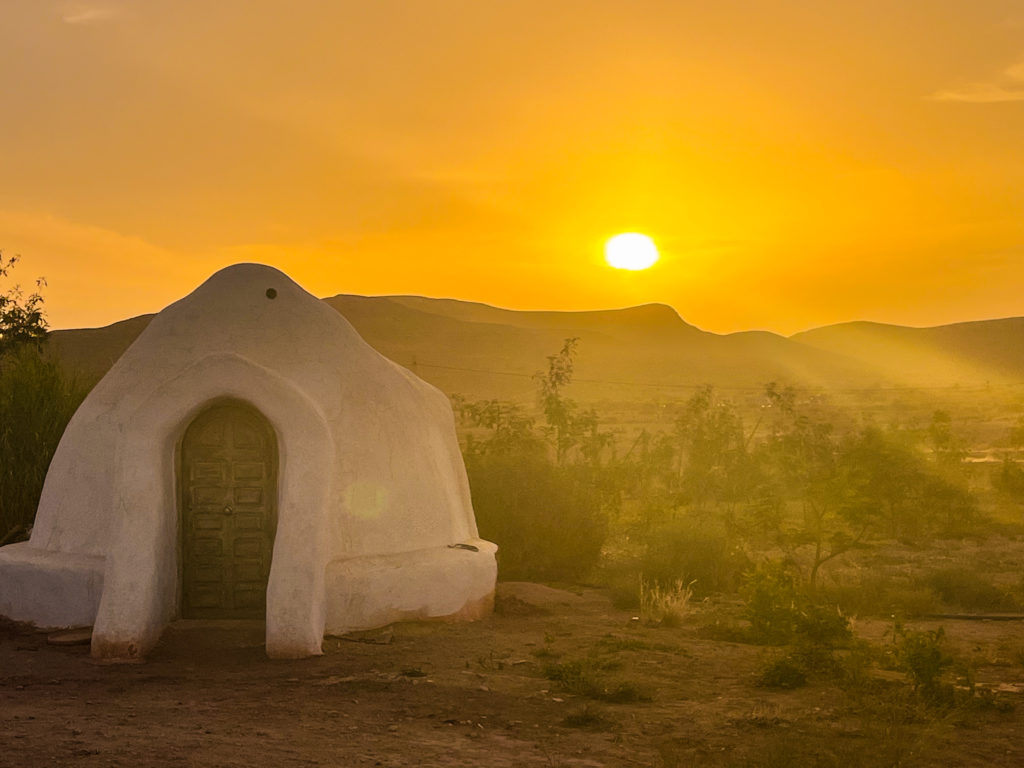
Why DMOs must monitor tourism impacts
As the tourism market and destinations change and evolve, they create an immediate urge of monitoring the impacts created by the tourism activities. This is crucial to evaluate and manage the change and respond to the challenges.
The main goals of monitoring are:
- To understand the effects of tourism
- To identify improvements or/and challenges. This will help the future planning and response
- To enable destinations to remain competitive
Another aim of monitoring is to find out how strategic goals of the destinations are met and measure the main indicators of the destination development. Monitoring impacts helps DMOs collect data on tourism activities. This facilitates the process of analyzing the tourism impacts and coming up with an adequate response, in particular to the most challenging ones. This way DMOs stay responsible, accountable, and fulfill their strategic goals.

DMOs track positive and negative impacts of tourism
Monitoring tourism impacts covers the following main areas: economic, social and environmental. Tourism impacts can be seen as negative and positive. Growing number of visitors positively contributes to the economic growth within the destination. However, it can also cause some threats to the cultural and natural assets of the destination if not managed and controlled properly. For example, in the case of cultural heritage, not well-managed visitor flows can cause damage to the sites.Or in the case of nature, tourism can cause major environmental challenges.
As seen above, monitoring helps DMOs to evaluate tourism impacts and take the appropriate measures. Various projects implemented by Solimar across the globe cover supporting development of DMOs and naturally, this involves facilitating them to acquire different roles, including monitoring the tourism impacts and effectively responding to it. Solimar’s ongoing project Bangladesh Ecotourism and Conservation Alliance envisages supporting one of the most important protected areas – the Sundarbans. With the project, Solimar works to implement a series of interventions in order to improve tourism and natural resources management in the area. One of the outcomes is creating a local DMO, which will unite the private and public sector and contribute to the conservation of the protected areas through sustainable governance.
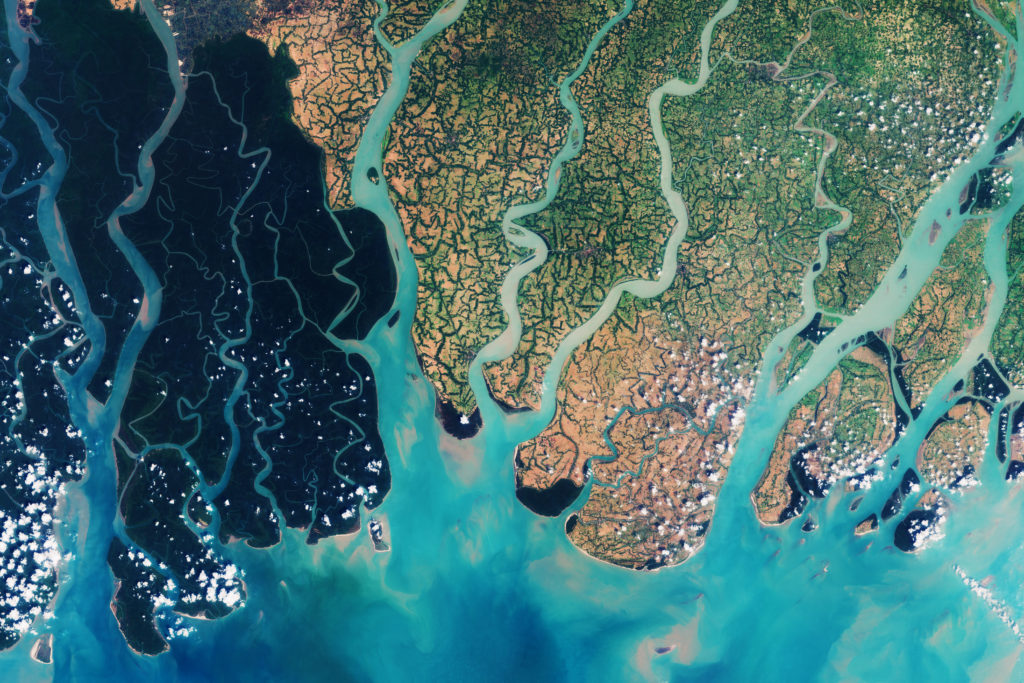
So, why must DMOs make this shift?
DMOs facilitate the social and economic development of the destinations. This is especially important in the case of societies where tourism and the economy are in their emerging phase. In this process, fulfilling merely a marketing goal is not enough. Through proper management and leadership, DMOs can create inspiring and attractive destinations that will contribute to their socio-economic growth.
Interested in discovering how Solimar can support the management of your destination? Find more information about our services and training courses. And don’t forget to check out more Solimar blog posts to learn everything about the importance of DMOs: here and here.
Blog by Veronica Santapa and Teona Zhuzhunadze


